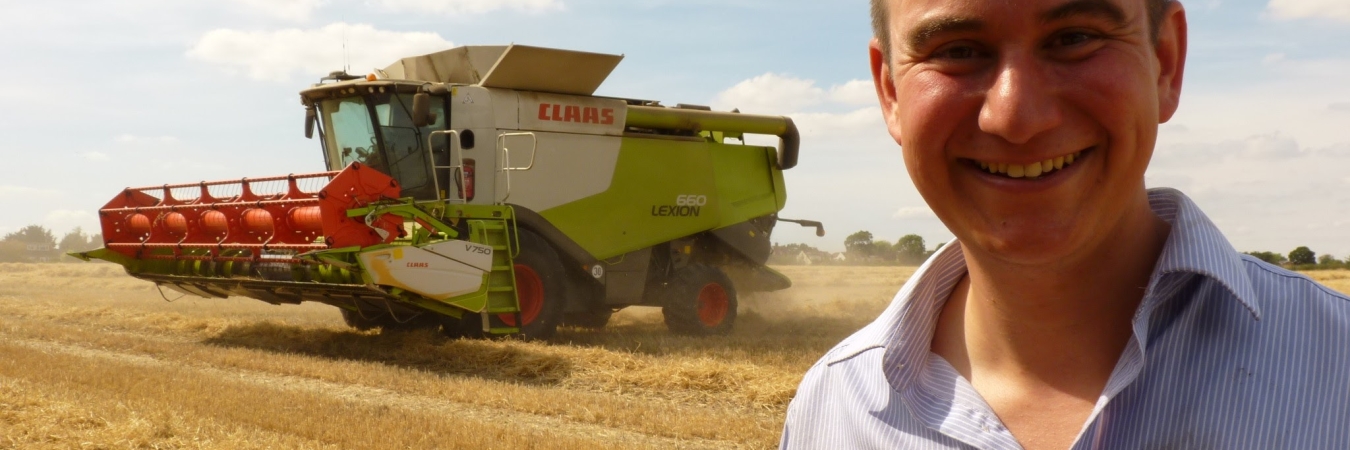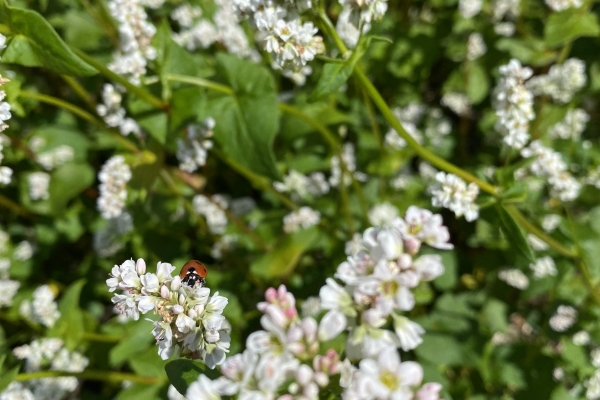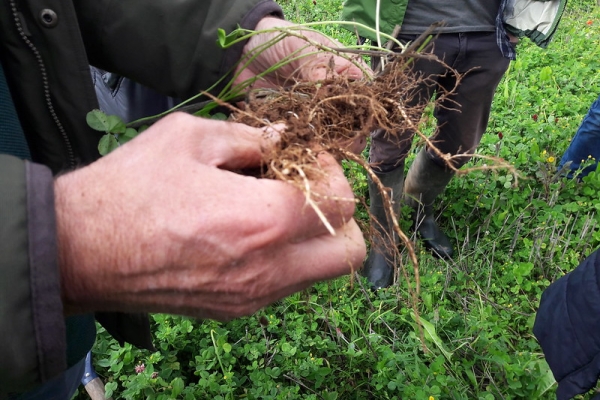George Young (farmingGeorge)
Fobbing Farm
Fobbing Farm is a 1,200 acre (485 hectare) zero tillage and zero insecticide arable and livestock farm in south Essex. We are not on the highest quality land, so my farming approach works with that. When I came home to the family farm in 2013, we were reasonably conventional farmers, occasionally ploughing, with standard chemical inputs, growing milling wheat; 7.5 tonnes (t) / hectare (ha), oilseed rape; 2 – 4 t / ha, and peas; 2.5 – 4.5 t / ha, with cattle primarily on permanent grass marshes and not integrated into the rotation.
In the intervening years, I have introduced linseed, beans, heritage cereals, buckwheat, lentils, hemp, and am experimenting with sunflowers, millet, heritage corn and tiger nuts. I have also established 20% of the farm into herbal leys, and am currently investigating what dual purpose beef and dairy herd I would like.
At the end of 2020, I am planting my first field of agroforestry, with approximately 7,000 trees to be planted. These trees include a large portion of fruit and nut trees (including one belt of exotic trees – banking on climate change – almonds, persimmon, olives), plus birch trees (to harvest the sap for sugar or birch sap champagne), willow for tree mulch, and some woodland / timber trees also.
I started working with Hodmedod in 2018, and have also been working on direct marketing my products, particularly to bakeries. I am about to take delivery of a flour stonemill, which will allow me to make flour of my heritage grains and buckwheat, and am hoping to be able to afford a decorticator for my buckwheat this year such that I can sell the groats.
I also developed my older farm buildings into commercial units.
Agroecology is what drives me in farming. It is what I understand to be a whole farm approach based around incorporating nature into a farming system, but extends also to the way that farm products are marketed. Watch the video below to find out more…
Views a transcript of the video here.
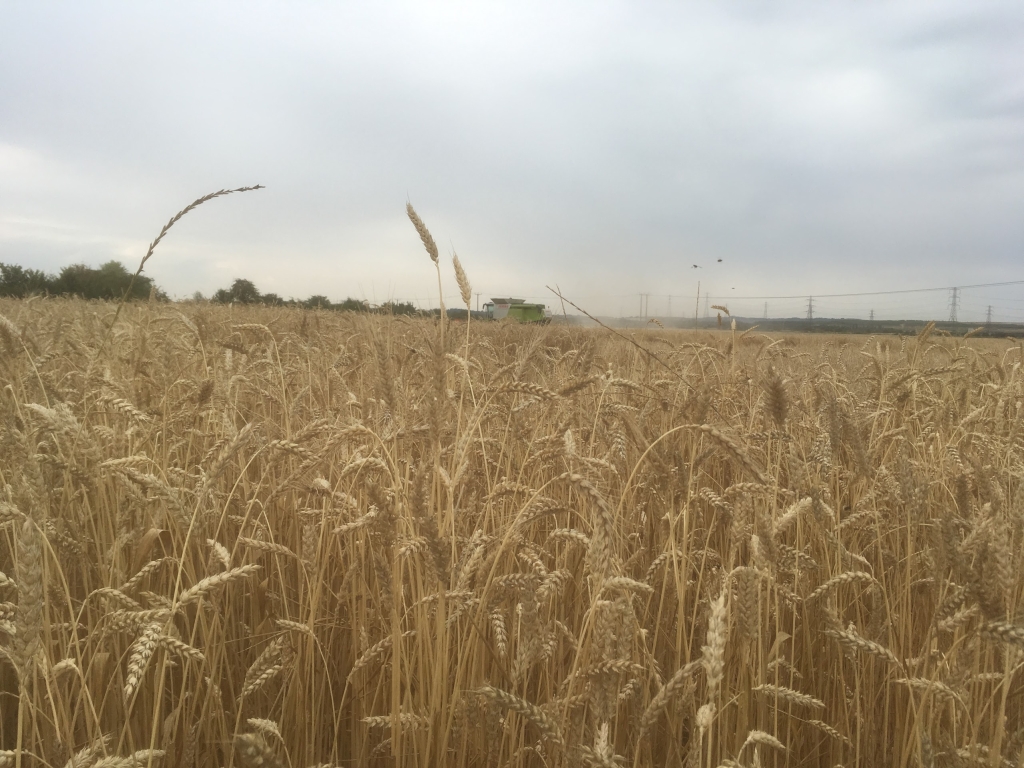
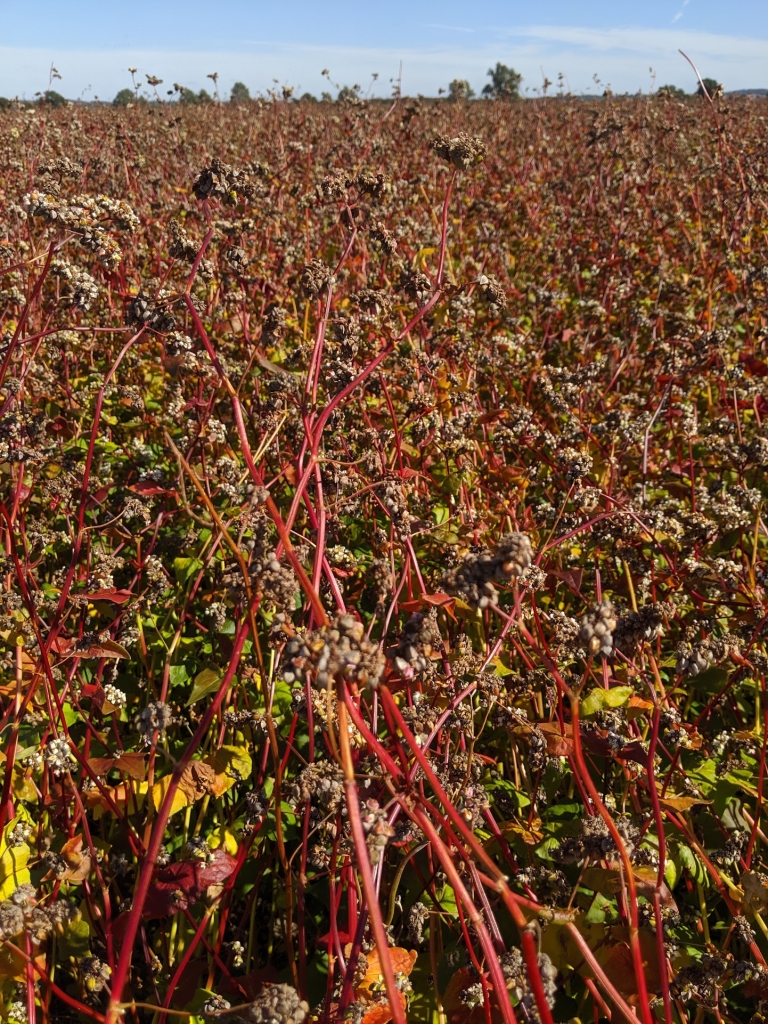
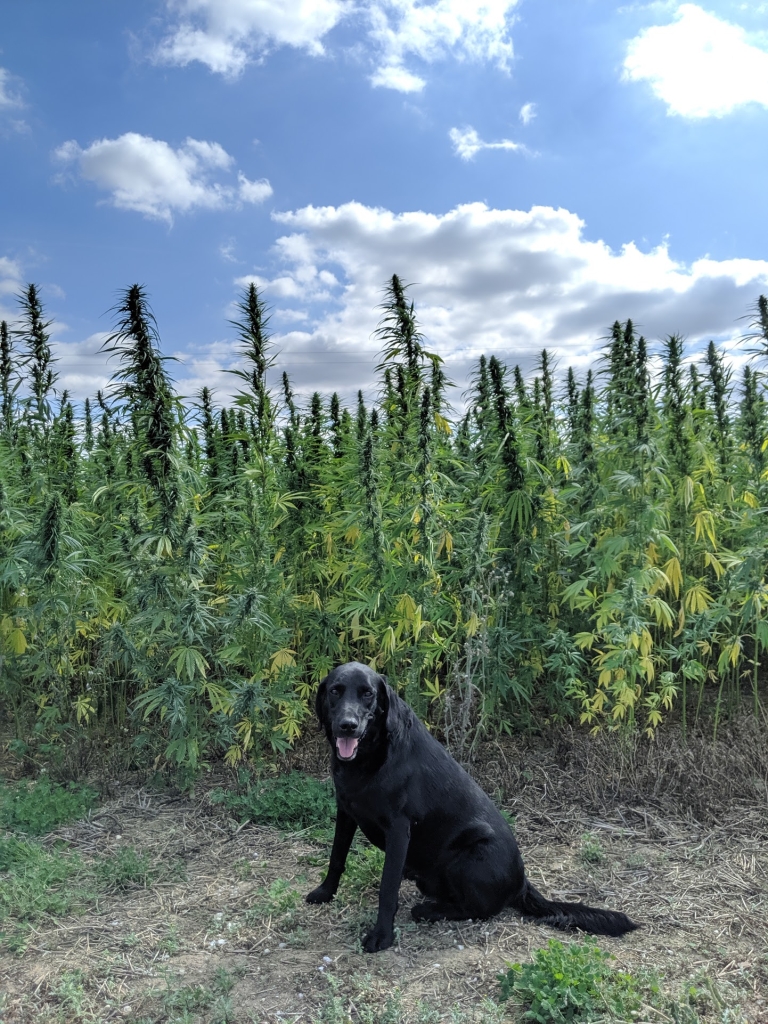
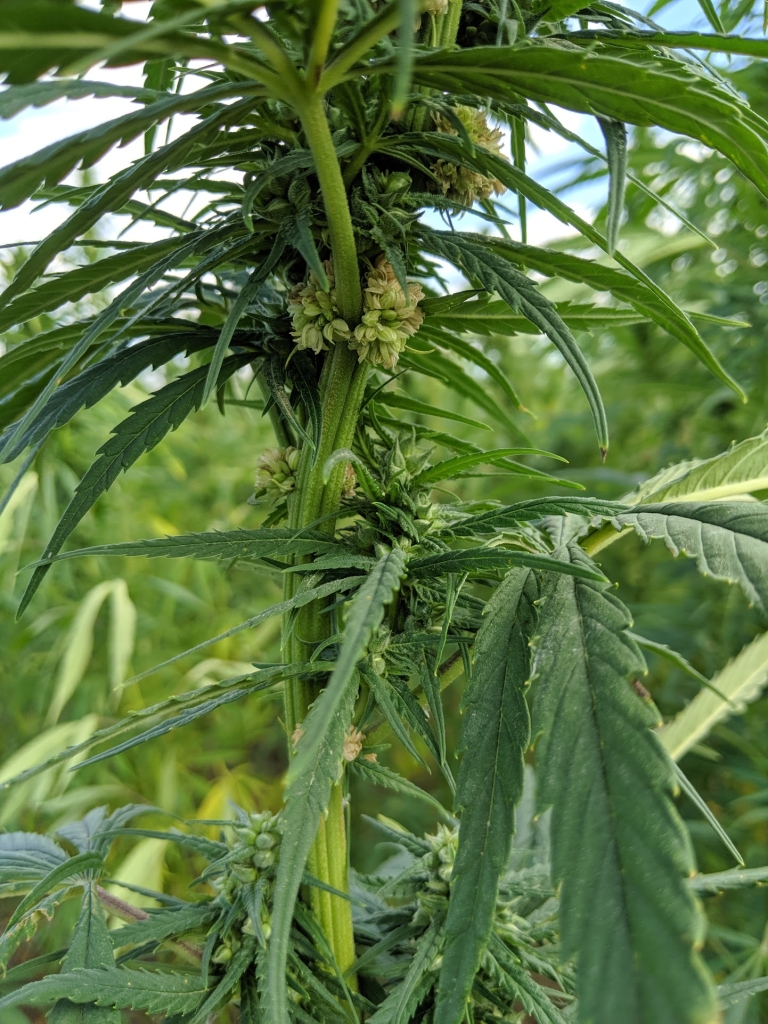
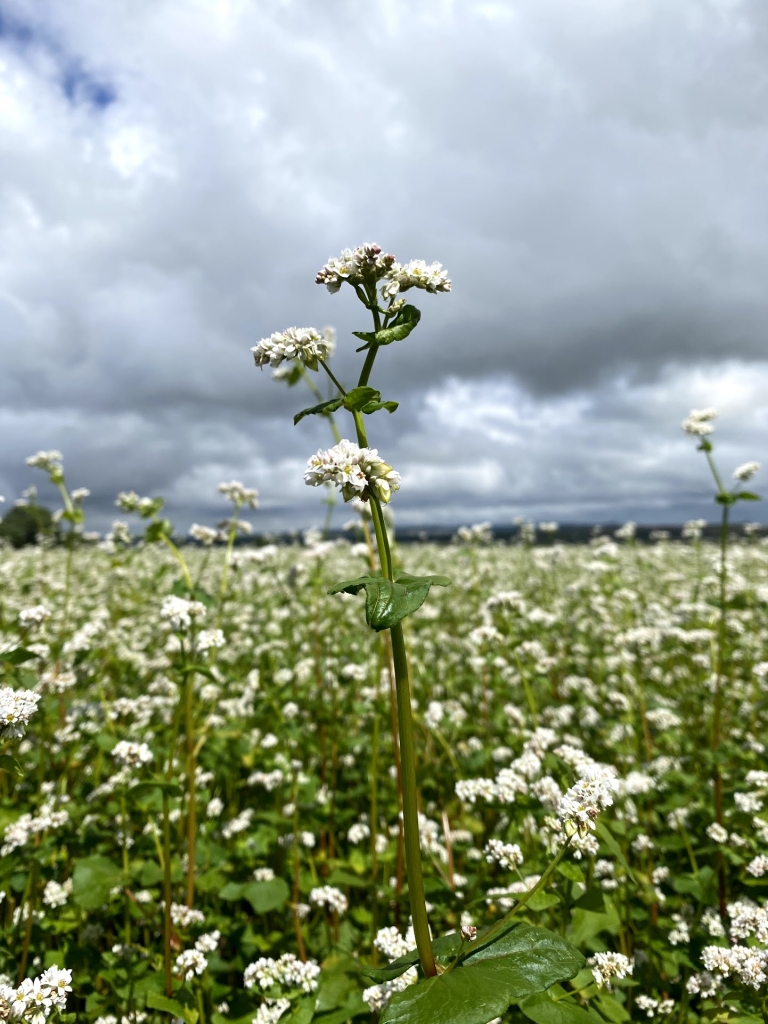
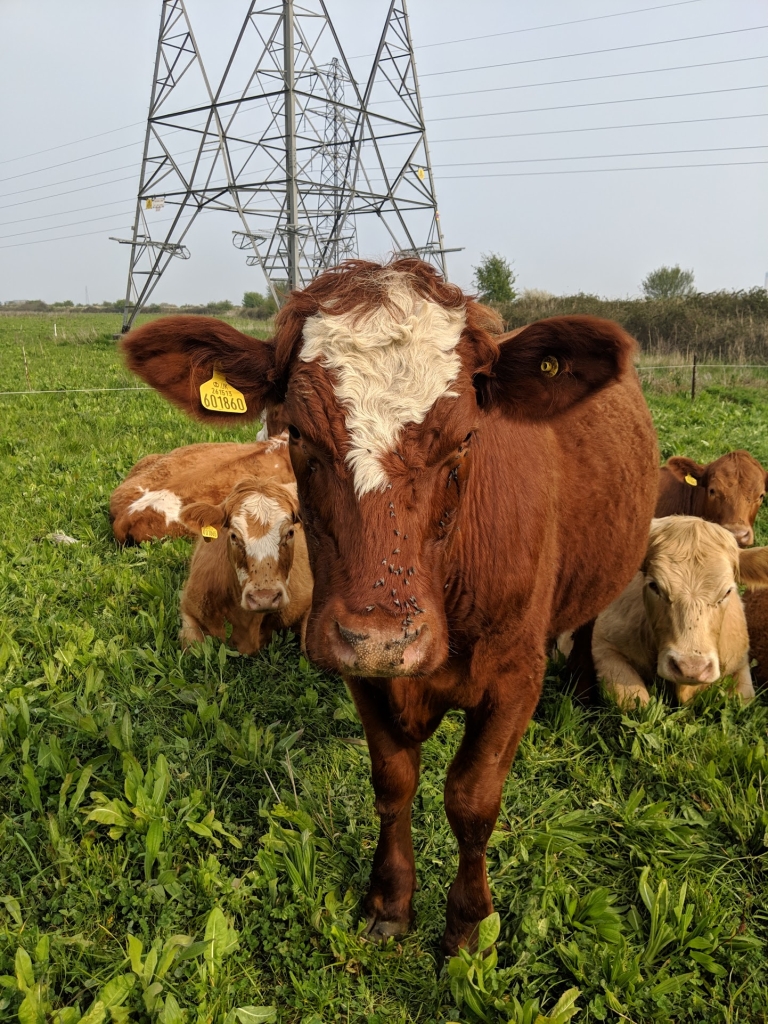
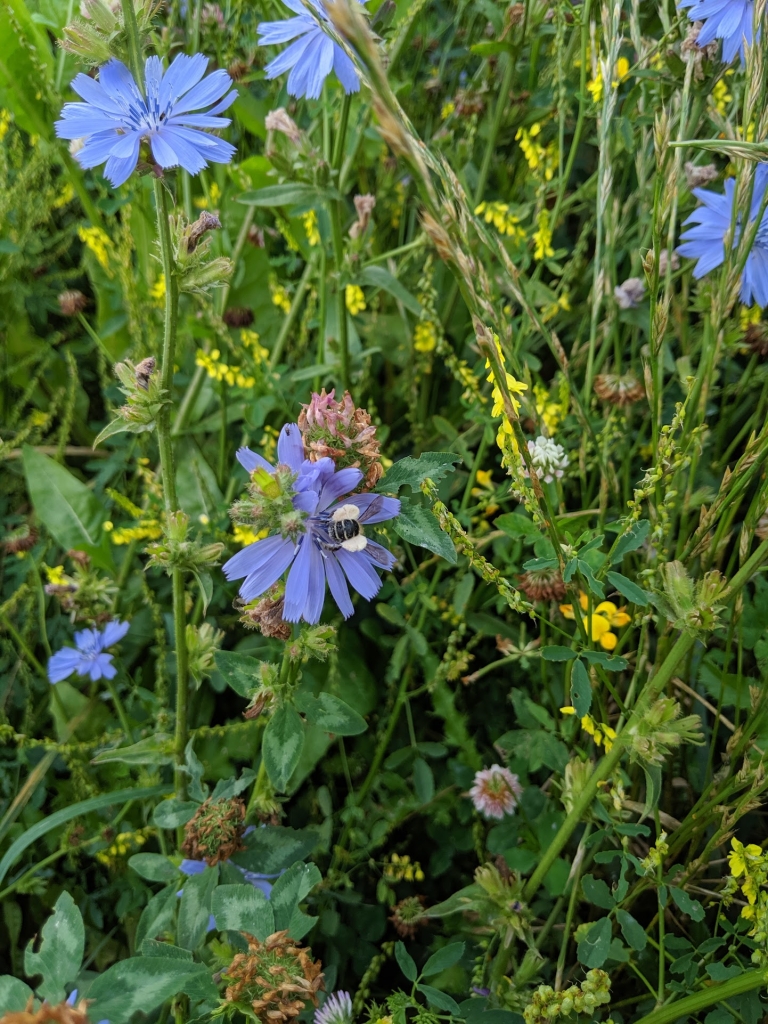
Sustainability in practice
A systems approach to agriculture
The first field where I am implementing changes to my farming operation based around ecological and biodiversity principals is called Spratts. I tend to describe this as a systems approach to agriculture. This system (see below) is thoroughly designed to work for me converting to organic agriculture – this is habitat creation on a massive scale to ensure I have lots of beneficial insects at my disposal! But critically, this system would also work spectacularly well for large farming operations, still utilising all of the artificial inputs with big machinery.
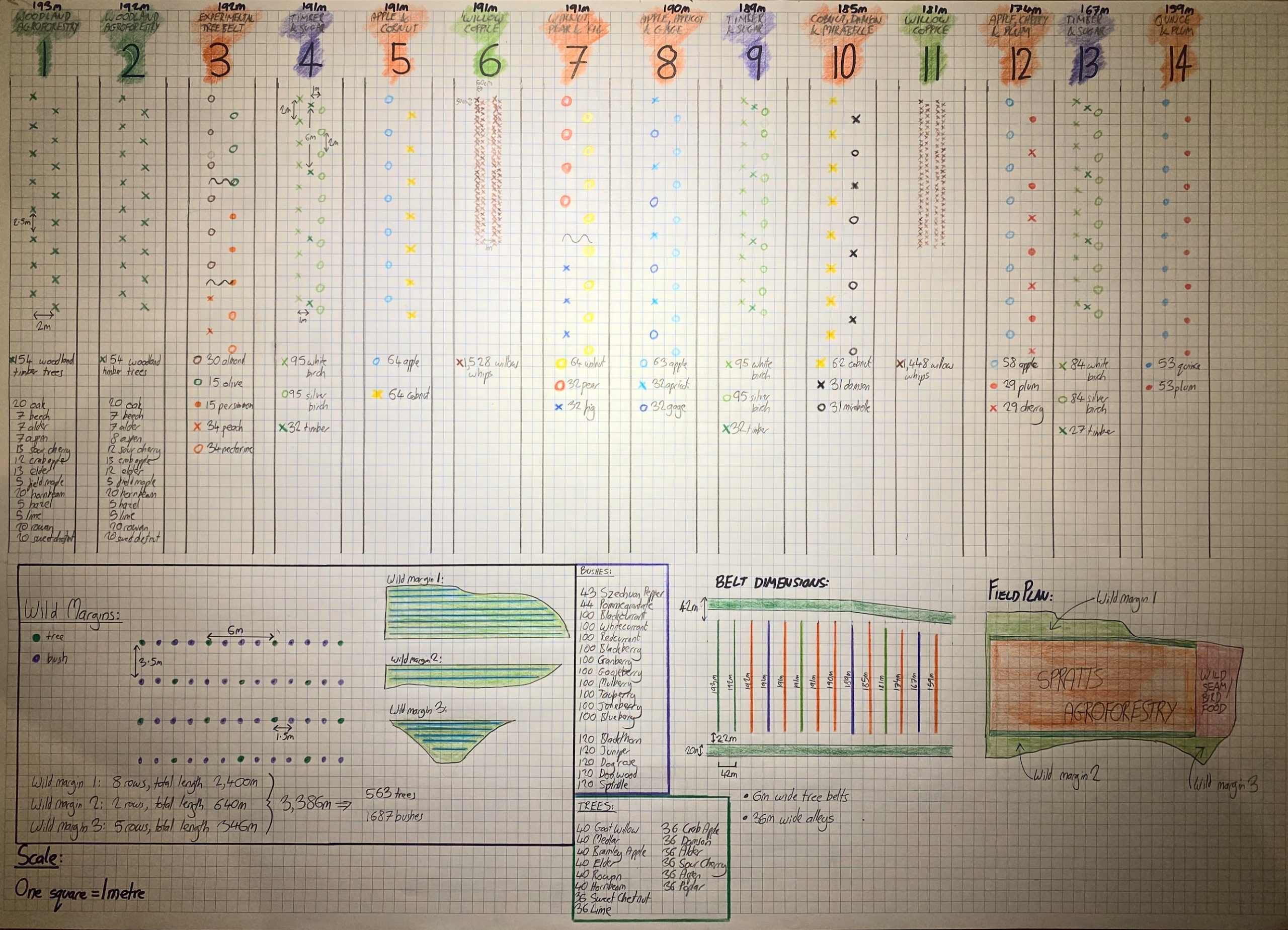
The video below explains what I am implementing; diversity of crops, micro fields, turning headlands, wild margins, areas for winter bird food, woodland and agroforestry belts, interconnecting habitats, permanent forage, and providing habitat and food for pollinators…
View a transcript of the video here
Motivations
My main goals in farming are two-fold: farming with nature as much as I possibly can, and achieving as diverse a range of nutritional diversity on the farm as possible.
When it comes to farming with nature, I often take a few moments to just sit out and about on the farm and contemplate what is going on; be that lying in an herbal ley watching the clouds pass and listening to the creatures buzzing about, or taking a moment on a tree stump by the pond watching the dragonflies do battle.
Each farming operation I interrogate as to its necessity, seeing if there is a way that I could utilise a natural system to accomplish the same result. The simplest example of this is rotating cattle over my arable land (which I am only just beginning to do), rather than having to specifically spread muck on the arable to increase the soil ecology. That being said, given our soil types, we are rarely able to outwinter stock, so consequently there will always be an amount of manure to deal with.
In terms of nutritional diversity, I have always had an issue with not knowing what happens to a product once it leaves the farm gate. This has begun more of a direct sales approach, which is only becoming more fervent. A lot of my cereal crops now go direct to bakers (and will soon begin being milled on farm too). This way I know that these bakers will be doing their best to extract the nutrition from that grain by making it bioavailable (usually via long fermentation).
However, I also strive to produce a lot more than just beef and cereals. Historically my farm (under my grandfather and great uncle’s management) grew a lot of picking peas and veg for the London markets. We might not have the best land for market gardening, but it is something I am looking into and trying to find a business partner to work with me on that. The fruit and nut trees are also another fantastic source of diverse nutrition.
Besides that, I am also keen to ensure that we are catering for an ever-increasing vegan market, and so consequently looking at crops with decent protein levels. Lentils, peas and beans obviously fit the bill, but a lot of our land is pulse sick, and so I am looking at hemp and some other high protein crops to fill the void.
Compostable clothing is also very high up my agenda, so I am working on a flax project with a young costume designer for next year, and am hoping to begin using the fibre from my hemp also.
I am a passionate agroecological farmer, trying my utmost to farm in harmony with nature as much as I possibly can. My biggest driver in all this is real food. Watch the video below to find out more…
View a transcript of the video here
Farmer tips
- If you think of something cool you want to try, then just give it a go, and give it time. Try it in a small way somewhere on the farm for a start, but don’t expect it to be perfect first time.
- Nature takes time to rejuvenate. Stop and think how nature does something, and try your best to emulate it in the way you farm.
- Don’t be afraid to trust your senses and gut. Scientific analysis is a useful addition, but don’t denigrate how fantastic touch, smell, sight and hearing can be to understanding your farm.
- Accept that you will make a tonne of mistakes. Tell others about them, write them down, embrace them, and learn from them. Then make a load more.
Read my manifesto for a sustainable farming future here.
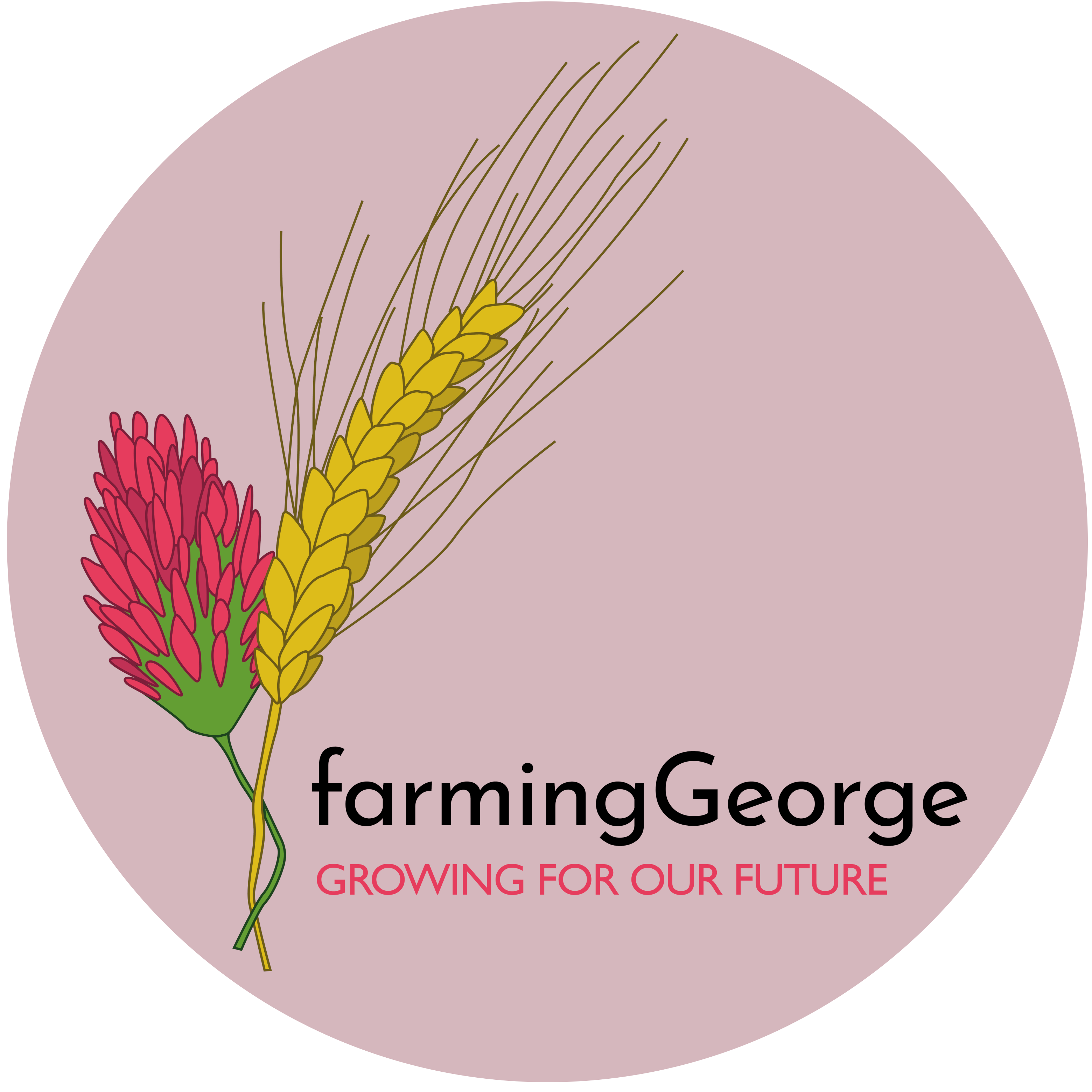
All images courtesy of George Young. All Rights Reserved.
